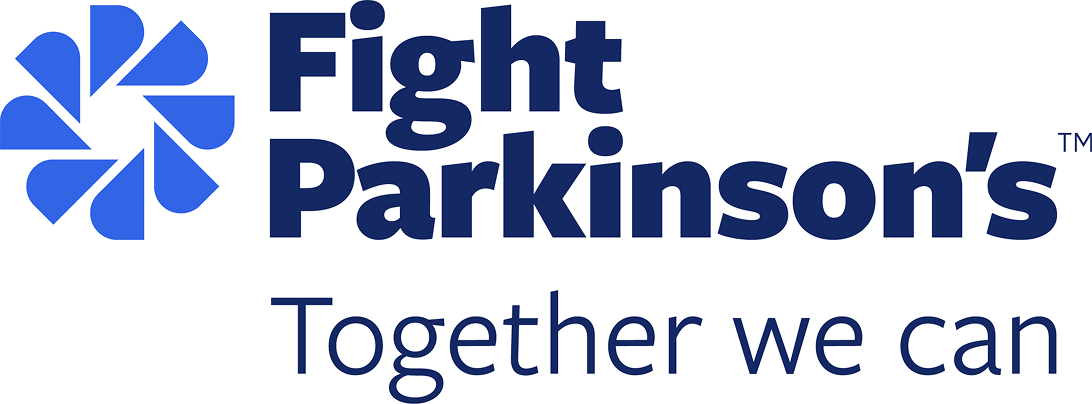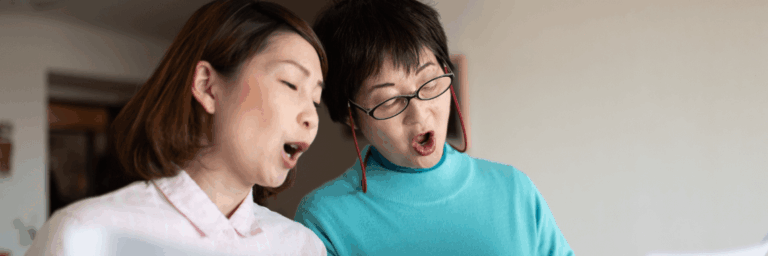
With recent media coverage on the success of the procedure and its approval for use in the United States, Dr Thevathasan is fielding questions from the Parkinson’s community regularly.
As excitement and anticipation grows within the community, he is helping provide a realistic understanding of the technology and its potential uses for those living with Parkinson’s.
What is focused ultrasound
Focused Ultrasound is an “incision-less” treatment used to precisely target ultrasound beams into a specific deep part of the brain (the thalamus), which is a crucial node in the brain network that causes tremor. Creating a permanent, precise lesion (disrupted brain tissue) in this brain area can permanently reduce tremor.
This treatment has been offered as a potential alternative to deep brain simulation for some people living with different types of tremor.
“You will have to lie inside an MRI machine for 3-4 hours and we target about 1000 ultrasound beams to focus on one particular spot in the brain. In doing so we create a lesion or small hole in the brain tissue without actually entering your brain with wires,” Dr Thevathasan said.
“It sounds scary, but at this stage several people seem to be more receptive to the idea of this compared to deep brain stimulation as the medical team does not need to make a physical hole to enter the brain. That means we can avoid a lot of the more serious surgical risks with focused ultrasound compared to DBS”.
However, while the procedure is considered incisionless, it is still an invasive brain procedure that has specific risks to consider.
Use cases and Parkinson’s
One of the reasons focused ultrasound has attracted attention is due to the near immediate improvements it has had on recipients’ tremors in the US.
However, while these changes in tremor are undoubtedly impressive, it is essential to note these trials have been mostly successful for individuals diagnosed with essential tremor, not Parkinson’s.
It can be easy to believe that a successful treatment for essential tremor could see similar results for Parkinson’s tremors. However, trials involving individuals with Parkinson’s have shown guarded results.
In Parkinson’s, treatment with focused ultrasound may result in an initial reduction in tremors. However, data has shown that the treatment effect does not last – the Parkinson’s tremor tends to return over a three-month period. Treatment with focused ultrasound to treat the other movement symptoms in Parkinson’s (other than tremor) have also been very limited, at best.
Additionally, the current standard of care with focused ultrasound is for treatment on one side of the brain, meaning only one side of the body is positively impacted by the procedure’s effects.
While studies have shown benefit with performing focused ultrasound on both sides of the brain, the side effect profile and long-term outcomes are being closely looked at. In short, while there is promise about expanding this to both sides, this is currently not the standard of care in Australia.
“We don’t have a big response for Parkinson’s tremor and that’s because, unfortunately, Parkinson’s is a bit more complicated than essential tremor,” Dr Thevathasan said.
“We think that there are other neural pathways involved, there’s been lots of hope, but we’re not there yet.”
Deep brain stimulation currently remains the gold standard as advanced therapy for Parkinson’s and Parkinson’s tremor.
Focused ultrasound and Parkinson’s – what next?
Focused ultrasound continues to be studied and worked on, with hope that research will reveal evidence demonstrating benefits for Parkinson’s.
Dr Thevathasan said research is continuing into its use to treat the condition in Australia and overseas. Several centres around the world are identifying ways to treat the symptoms of Parkinson’s with focused ultrasound, including ways to benefit tremor and non-tremor symptoms.
“I’m optimistic, but I think realistically this is maybe about at least five years away. Focused ultrasound will likely not replace DBS entirely for Parkinson’s,” Dr Thevathasan said.
“But it may offer people an additional treatment option. It may also help people who are unable or who are not surgically fit enough for DBS to benefit from another advanced treatment option”.
Support for you
If you have questions about the treatments available to you, contact the Fight Parkinson’s Health Team on 1800 931 031. They can provide more information about the health services and professionals located near you and for guidance on setting up your own multidisciplinary health team.



